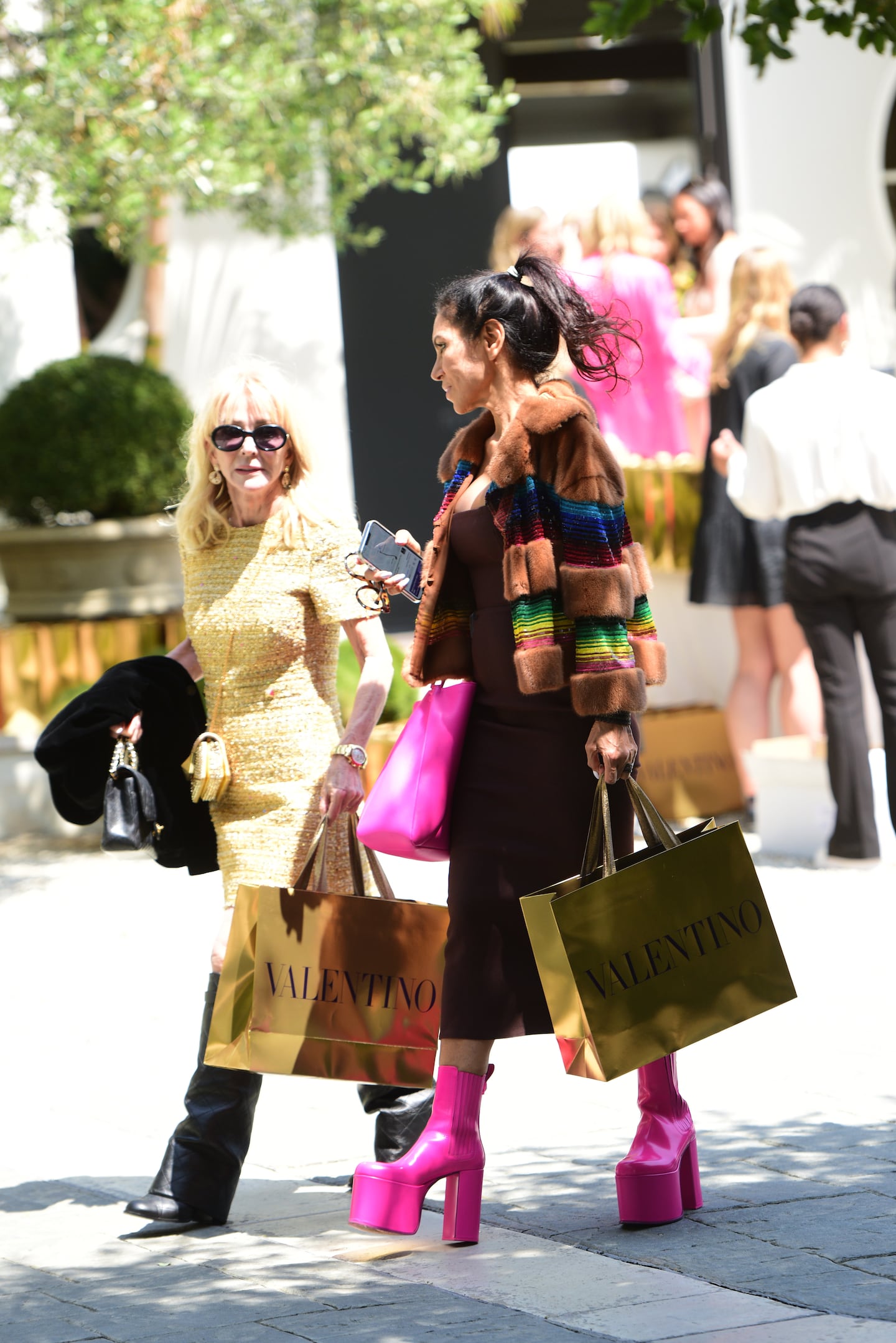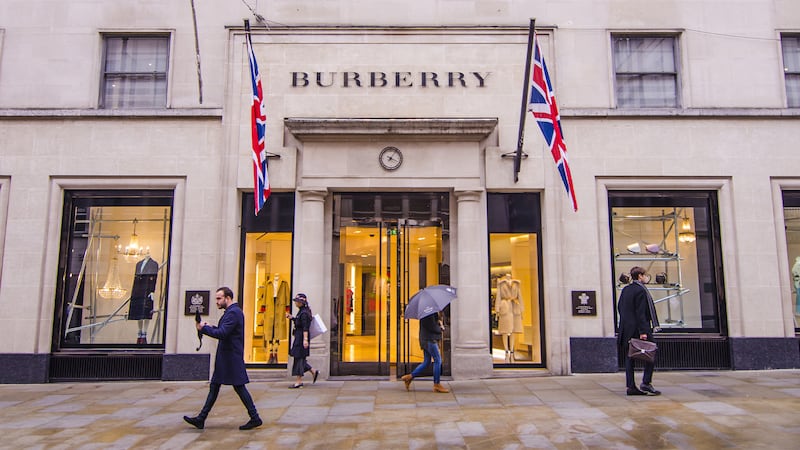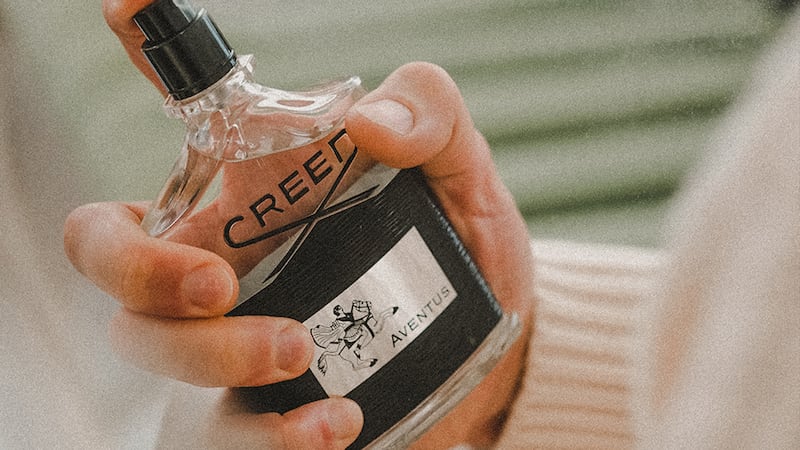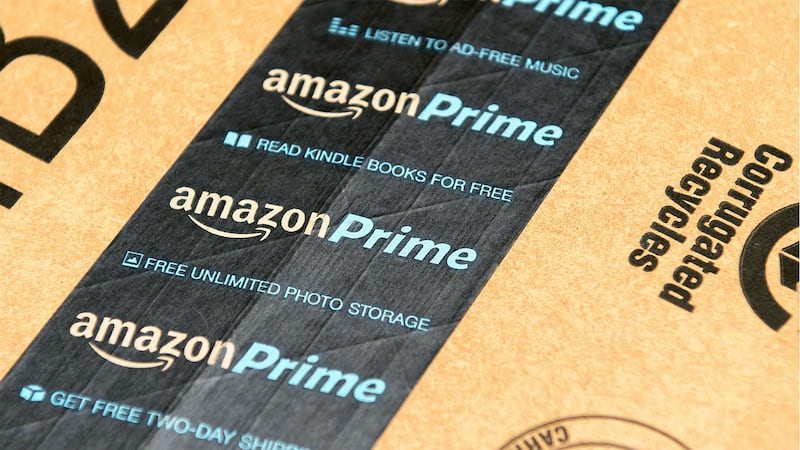
The Business of Fashion
Agenda-setting intelligence, analysis and advice for the global fashion community.

Agenda-setting intelligence, analysis and advice for the global fashion community.

The US appears to be winning the war against inflation.
On Wednesday, the US Bureau of Labor Statistics reported that consumer prices rose by 3 percent in June, the lowest pace in more than two years. Inflation had topped 9 percent last year.
What’s even more remarkable is that this figure was brought down without the usual pain that comes with anti-inflationary measures. The Federal Reserve has raised interest rates 10 times since the spring of last year, which normally triggers business closures, job losses and a sharp pullback in consumer spending as loans become more expensive. Other countries haven’t been so lucky; in the UK, inflation has been more difficult to ease, which prompted a higher-than-expected recent hike in interest rates from the Bank of England.
Back to the US. Though thousands have been laid off from tech firms that could no longer afford their debt-fuelled growth strategies, US unemployment remains close to a 50-year low. Consumers are still spending too: In May, retail sales unexpectedly rose 0.4 percent. A long-feared recession has yet to materialise.
ADVERTISEMENT
Even so, the fashion industry has had to make some tough adjustments, first to the period of high inflation — the first in a generation — and then to the aftermath.
Sales at clothing and accessories stores were up slightly in the first quarter of 2023 compared to a year earlier. At the same time, that’s partly explained by the fact that these retailers have raised prices more aggressively than other sectors of the economy this year, according to the BLS.
But it’s also true that US consumers are continuing to buy shoes, dresses and slacks, even if they’re more expensive. The high price tags may also represent a broadening of the pandemic trend where luxury brands, capitalising on booming demand and supply shortages, were able to hike prices repeatedly.
If anything the situation has reversed: US luxury spending is softening, with some of the category’s biggest players warning for months that they can no longer rely on spendthrift Americans to fuel growth. Burberry is the latest label to feel the absence of “aspirational shoppers” — or those who shopped “up” during the pandemic thanks to boosted savings. In the US market, it saw an 8 percent decline in the first quarter of 2023.
At the same time, wages for lower-income workers in the service and retail sectors are rising, giving them more spending power. Wage growth for lower-earning workers has outpaced that of higher earners. Citing data from the Federal Reserve Bank of Atlanta, a recent Wall Street Journal report found that the 12-month moving average of monthly wage growth for those in the bottom quartile of income was 6.8 percent in May, and 5.6 percent for the workforce in the top quartile.
The question going forward is what all this upheaval means for fashion’s discounting addiction.
It’s hard to ignore this summer’s ubiquitous sales and promotions, especially with Amazon Prime Day having just wrapped up. But at least some of those markdowns are masking an overall increase in prices. Retailers have been able to charge more for stuff, even at 40 percent off, without pushing away their customers.
The average price for a pair of shoes last July was $108; this year, it costs $113, according to data from retail intelligence firm Edited. Accessories have spiked even more, from $78 to $96. Across this year’s two Prime Days, shoppers saw an average discount that was 15 percent lower than last year’s event, according to Salesforce data. But overall sales hit yet another record, increasing 6.4 percent compared to last year, according to Adobe Analytics.
ADVERTISEMENT
Whether these prices have translated to higher profits in the long term remains to be seen. Nike, for instance, saw sales rise 5 percent year-over-year in its most recent earnings cycle, but gross margin dipped due to higher costs of materials and logistics, which are not projected to ease any time soon.
For now, retailers can bask in the good news that the US economy is far more robust than experts had predicted just months ago. The Fed will likely raise interest rates once more this year in the hopes of hitting its 2 percent inflation target. But the likelihood of a recession has drastically decreased, while consumers overall seem unfazed by higher prices for fashion. And that’s enough cause for some cautious optimism.
THE NEWS IN BRIEF
FASHION, BUSINESS AND THE ECONOMY

Burberry’s US sales fall as aspirational demand weakens. Declines in the US were offset by recovery of Chinese spending, with total comparable store sales for the quarter up 18 percent.
François-Henri Pinault is in talks to buy CAA talent agency in $7 billion deal. The luxury tycoon is in advanced discussions to buy a majority stake in Creative Artists Agency, according to people familiar with the matter, potentially adding another international trophy asset to the portfolio of a French billionaire.
Report: Kim Kardashian’s Skims targets $4 billion valuation in new funding round. Investment firm Wellington Management is in talks to lead a new funding round for Skims, which could value the underwear clothing company owned by Kim Kardashian at about $4 billion, people familiar with the matter told Reuters.
Uniqlo owner Fast Retailing raises forecast as operating profit surges. Profit rose to 330.6 billion yen ($2.38 billion) from 271.1 billion yen in the year-earlier period. The company raised its full-year profit forecast to 370 billion yen from 360 billion yen.
ADVERTISEMENT
Chanel-backed traceability company raises $57 million. Oritain has carved out a leading position helping brands and the US government detect the origin of commodities like cotton, coffee and leather. Investors are betting tightening regulation will turbocharge growth.
Luxury jeweller Bulgari comes under fire in China for listing Taiwan as separate country on its website. Bulgari, which is owned by luxury conglomerate LVMH, apologised on its official Weibo account, saying the mistake was due to a management error and that it “respects China’s sovereignty and territorial integrity.”
Nike faces Canadian probe over alleged use of forced Uighur labour. Nike has previously rebutted allegations it benefits from forced labour, saying that it doesn’t source products from the Xinjiang Uighur Autonomous Region and that it’s “confirmed with our contract suppliers that they are not using textiles or spun yarn from the region.”
Inditex ups sustainability commitments as regulators take aim at fast fashion. The Zara owner outlined plans to expand resale and increase its use of next generation and recycled materials, part of efforts to meet an updated target to halve emissions by 2030.
Fashion brands are withholding key environmental and social sustainability data. The industry is becoming incrementally more transparent, but big brands still fail to disclose critical information about their environmental and social impact, according to this year’s Fashion Transparency Index.
The Vampire’s Wife settles with tax authorities, sidesteps liquidation. The brand said its debt settlement is being financed by existing investors.
Swatch sets new half-year sales record citing lifting of Covid curbs. Net sales reached 4.019 billion Swiss francs ($4.64 billion), up 18 percent from last year and marking a new half-year record.
THE BUSINESS OF BEAUTY

Kering paid $3.8 billion for Creed. The French luxury group made the acquisition in June after flagging intentions earlier in the year to create an in-house cosmetics business.
Kim Kardashian in talks to buy back beauty firm stake from Coty. The value of the stake hadn’t been determined and talks could fall apart, the report said, adding that Kardashian wanted to buy it back as part of an effort to expand SKKN’s beauty categories.
Israel’s Oddity Tech seeks up to $1.7 billion valuation in US IPO. The company is aiming to price its shares between $27 and $30 each to raise up to $315.8 million.
Revolution Beauty says it could settle with shareholder Boohoo in coming days. The beauty company said it would hold a general meeting on Aug. 7 after the British fast fashion retailer urged the company to remove executives including CEO Bob Holt. Holt would quit the beauty products retailer if there is a settlement with top shareholder Boohoo over board changes, according to a report by Sky News.
Mielle Organics becomes WNBA’s first textured hair care partner. The brand is set to launch the new partnership on Saturday at the WNBA All-Star Game in Las Vegas.
PEOPLE

Tod’s creative director Walter Chiapponi to step down. Italian luxury fashion group Tod’s said on Wednesday that creative director Walter Chiapponi was leaving the company “by mutual agreement” after four years.
MEDIA AND TECHNOLOGY

Amazon Prime Day drives all online sales up 6.1 percent, missing estimates. US shoppers spent $12.7 billion online during Amazon.com Inc.’s 48-hour Prime Day, up 6.1 percent from a year ago but short of estimates for 9.5 percent growth, according to Adobe Inc.
Temu sellers are copying entire Amazon storefronts, lawsuits allege. While the site has been known to sell counterfeit and knockoff goods, in some cases, Temu sellers have copied product photos, descriptions, and keywords directly from the original Amazon listings.
Ssense launches an AI-based personal styling chatbot. Ssense has a new generative-AI chatbot to help users with their styling and shopping questions, but unlike other AI chatbots launched by big fashion retailers, this one integrates directly into ChatGPT.
Compiled by Joan Kennedy.
The company, under siege from Arkhouse Management Co. and Brigade Capital Management, doesn’t need the activists when it can be its own, writes Andrea Felsted.
As the German sportswear giant taps surging demand for its Samba and Gazelle sneakers, it’s also taking steps to spread its bets ahead of peak interest.
A profitable, multi-trillion dollar fashion industry populated with brands that generate minimal economic and environmental waste is within our reach, argues Lawrence Lenihan.
RFID technology has made self-checkout far more efficient than traditional scanning kiosks at retailers like Zara and Uniqlo, but the industry at large hesitates to fully embrace the innovation over concerns of theft and customer engagement.